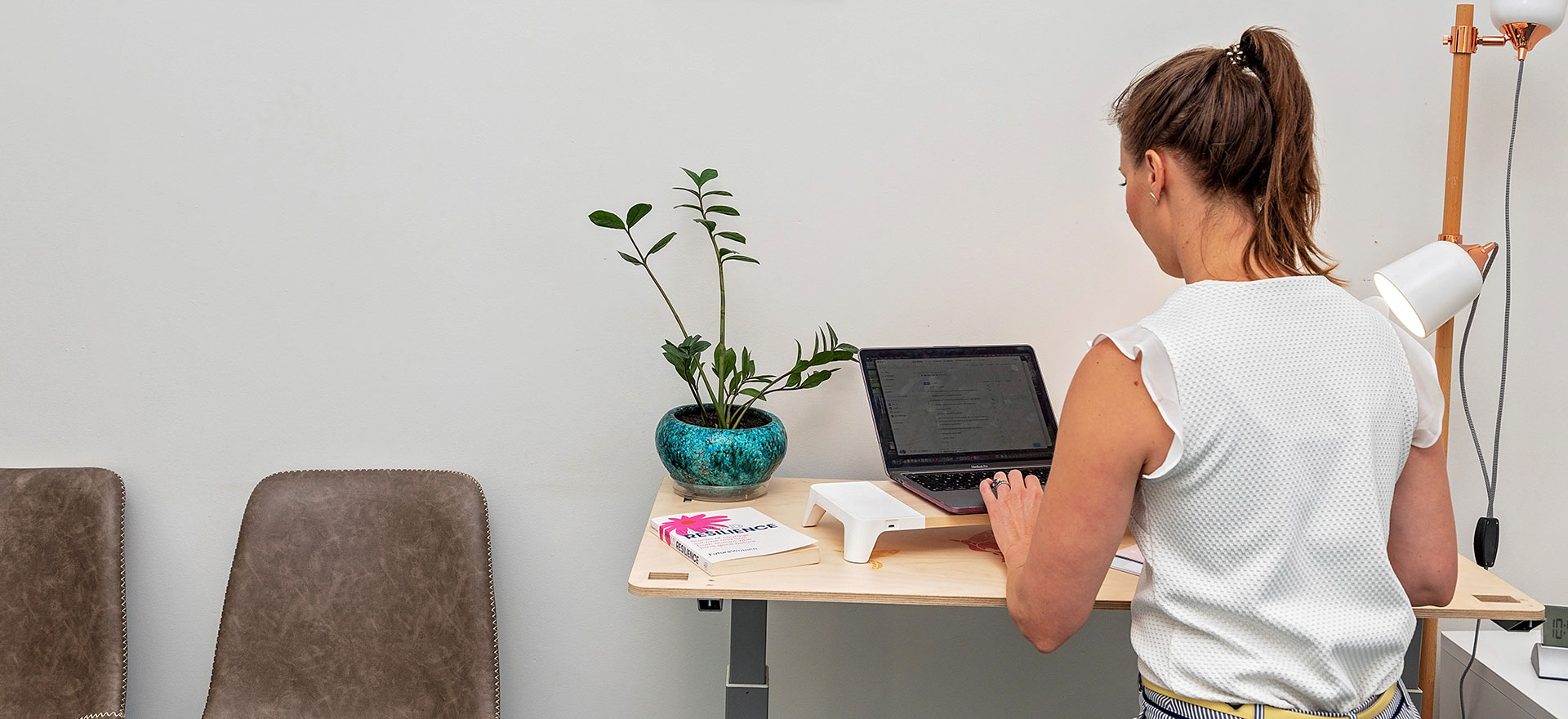Pelvis and short hip stabilisers - HOMEWORK in a bit more detail!
Written by Our Resilient Health Osteopath Dr Courtnay Wood
There are SIX muscles that make up the muscles of stabilisation of the hip in relation to the pelvis.
These are Quadratus Femoris, Obturator Internus, Obturator Externus, Gemellus Superior, Gemellus Inferior and Piriformis.
These are small muscles that sit under the big muscles of the buttock (gluteals) and run between the top of your thigh bone and your pelvis.
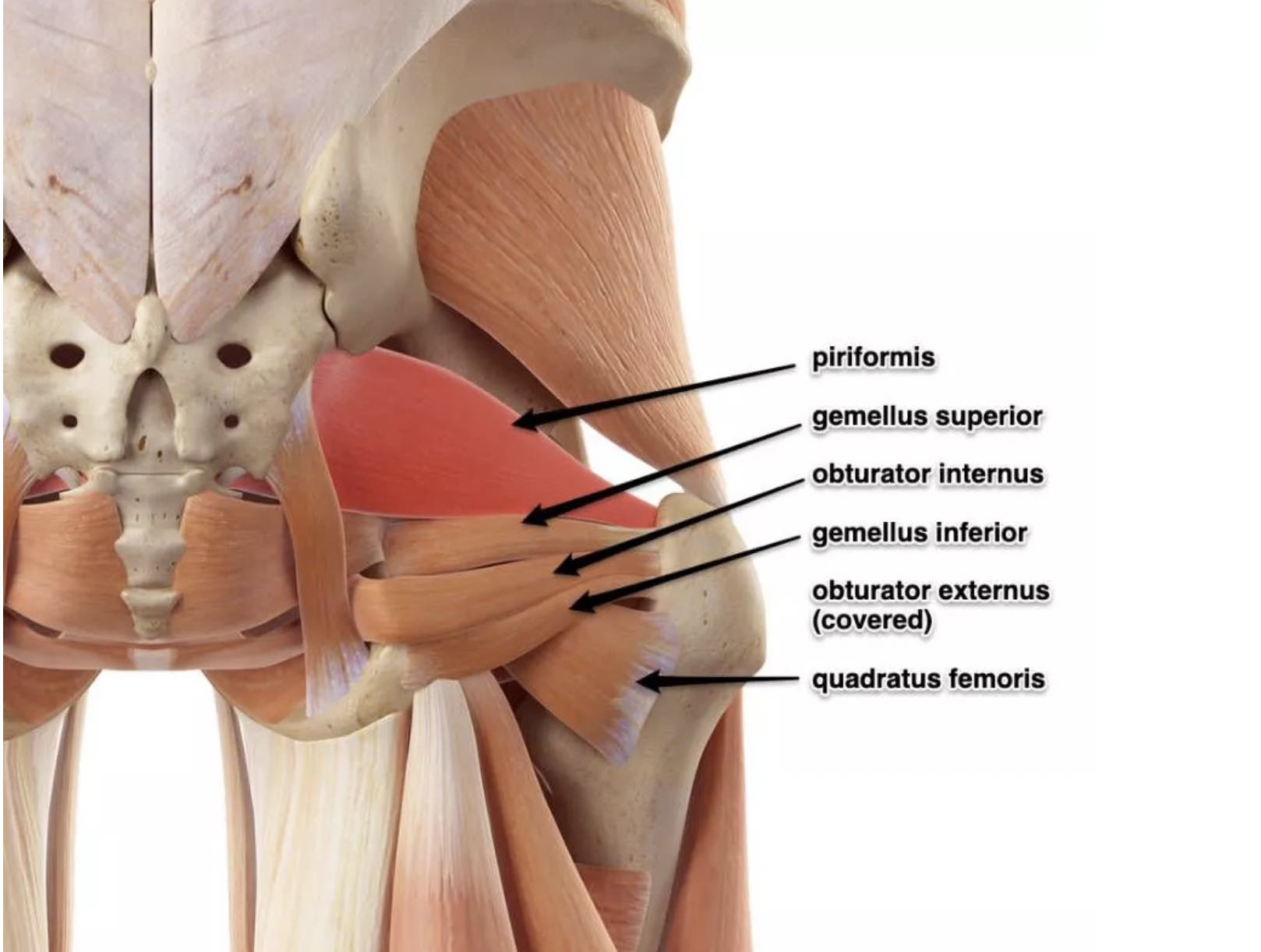
Their job is to externally rotate your hip; that is to turn your hip outwards, extend your hip (draw your hip backwards) and stabilise the hip joint within the acetabulum (socket where the hip sits).
When they aren’t functioning at their full capacity, this can lead to injury within the hip joint, compression of the pelvis and changes to the mobility of the hip; contributing to lower back and pelvic pain.
Consequently, they can also influence the anterior (front) aspect of the hip, resulting in tight and short hip flexor muscles, this too can impact on lower back, pelvic and hip pain.
Some great exercises to improve hip strength include:
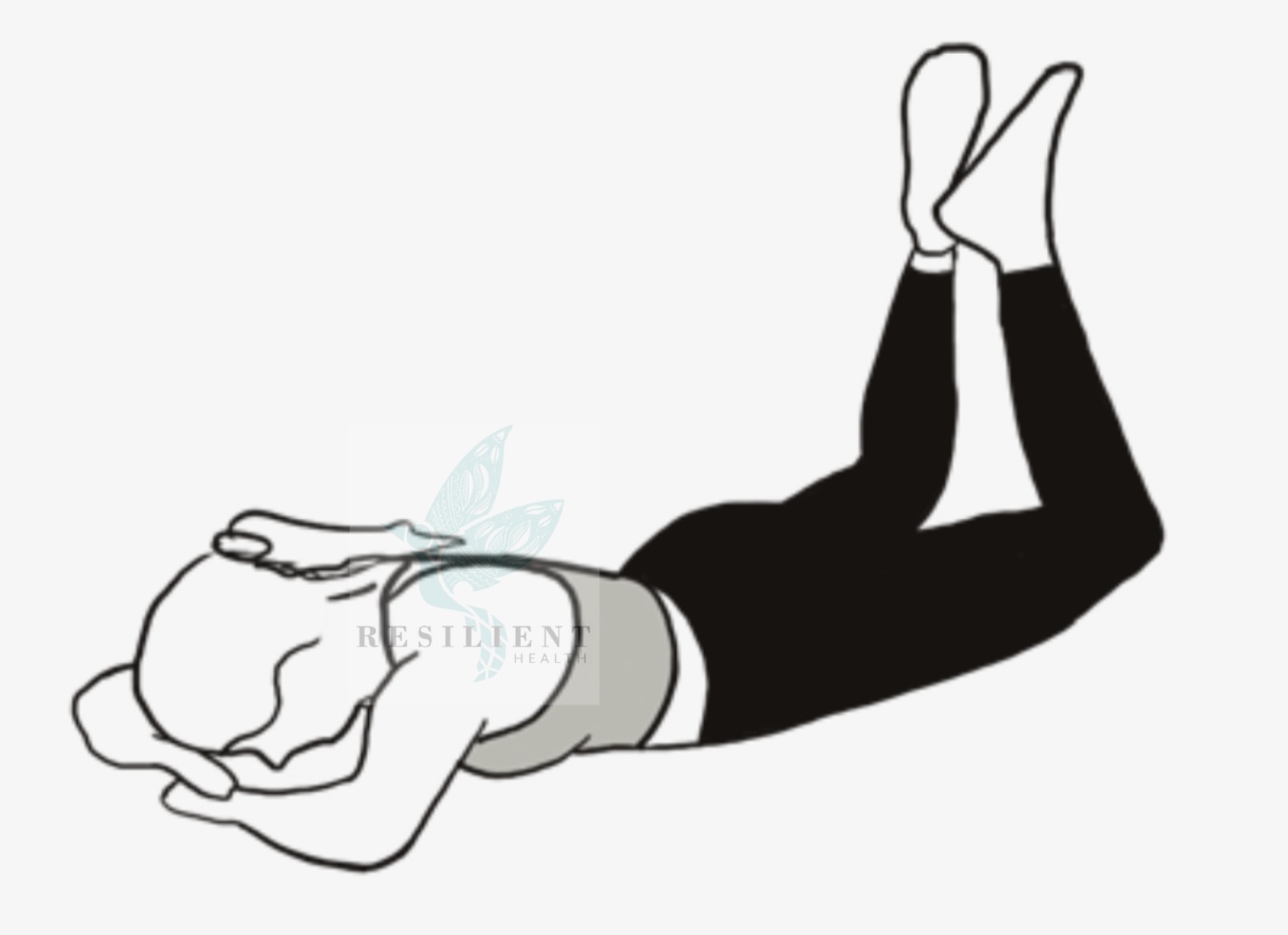
Prone Heel Squeeze
Patient position: lying on your stomach
Bend your knees up to 90º, and, while keeping your heels together, draw your legs away from each other to a 45º angle
Maintain this position and gently squeeze you heels together – using 10% of maximum effort
Relax and repeat
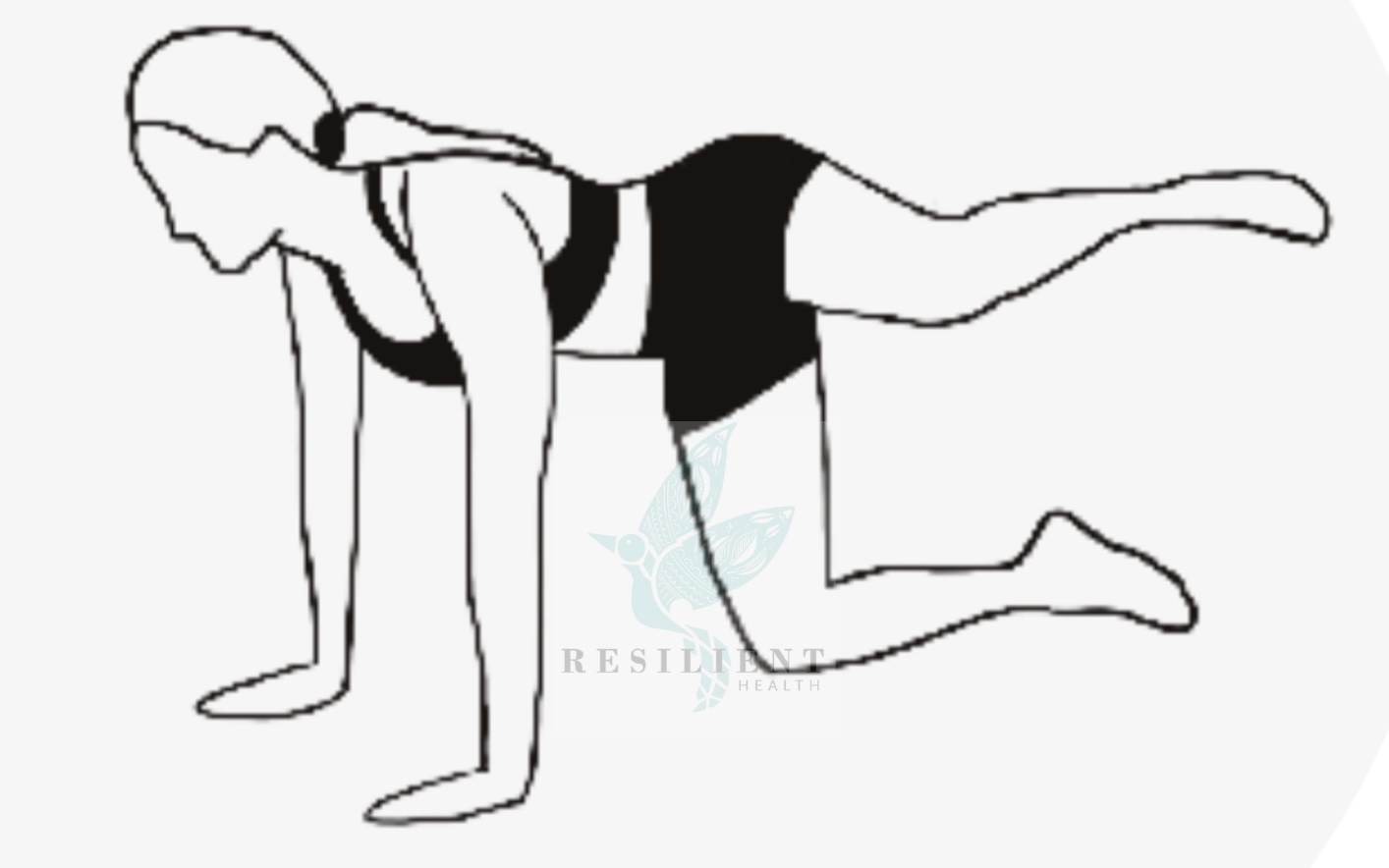 Hydrants
Hydrants
Patient position: on all 4s
Starting on all 4s with your knees under your hips and hands under your shoulders
Activate your core and look down at the floor
Slowly, lift your leg away from your body out to the side, keeping your knee bent at a 90º angle
Slowly, return your leg to its starting position
*When you are crushing these, tie a resistance band around your knees to challenge yourself OR try a HIP CAR- which is moving your leg in more of a controlled circle AND don't forget to circle in both directions.
Not sure?! Ask your Resilient Health practitioner at your nevxt appointment!
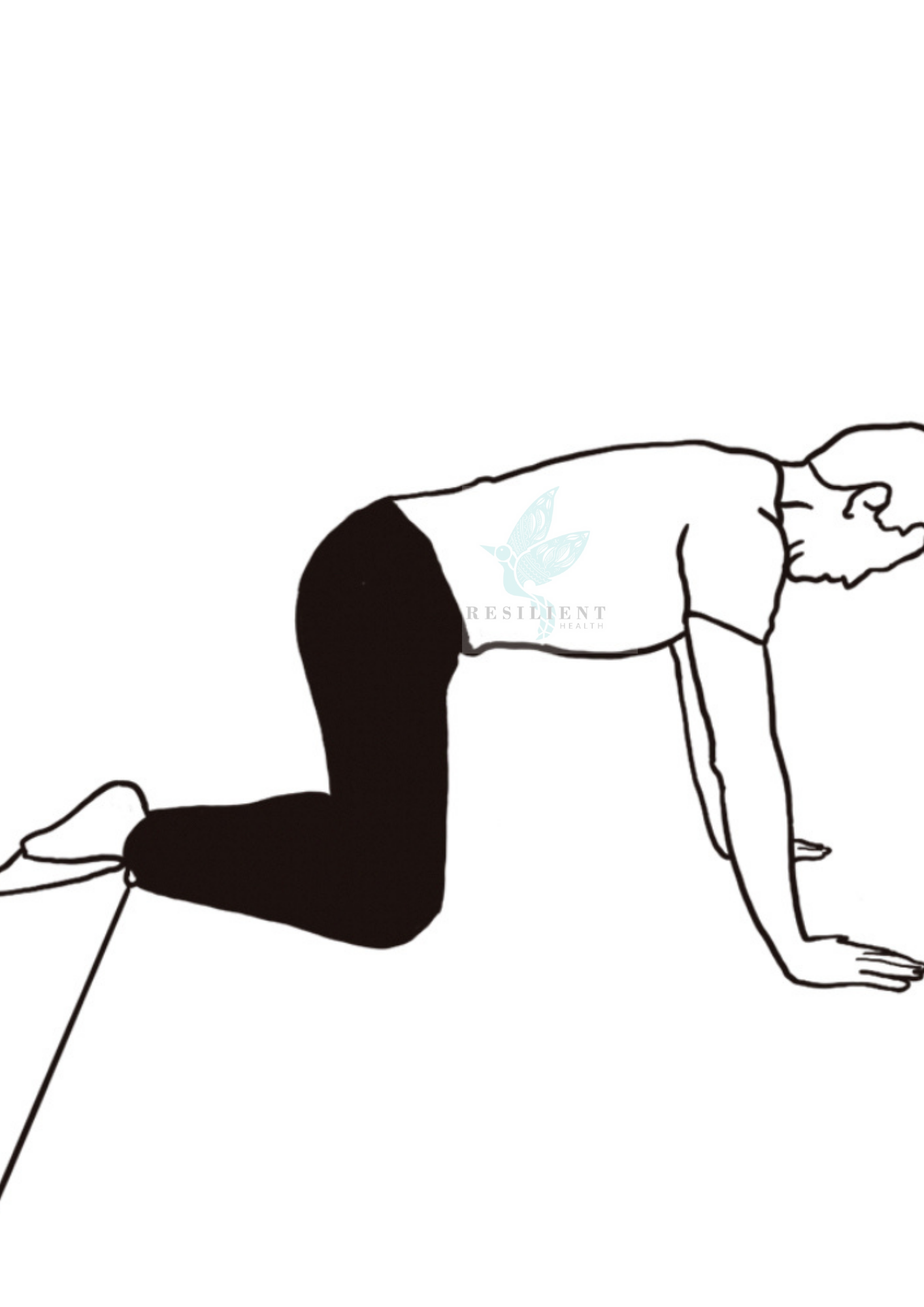
Patient position: on all 4s
Anchor your resistance band to a solid object and loop it around your ankle and take up the slack on the band
Starting on all 4s with your knees under your hips and hands under your shoulders
Activate your core, draw your shoulder blades down your back and look straight down at the floor
Hold this position as you slowly, against the resistance of the band, turn your ankle in towards the midline of your body
Your thigh bone will rotate outwards as you do this
Return to your starting position
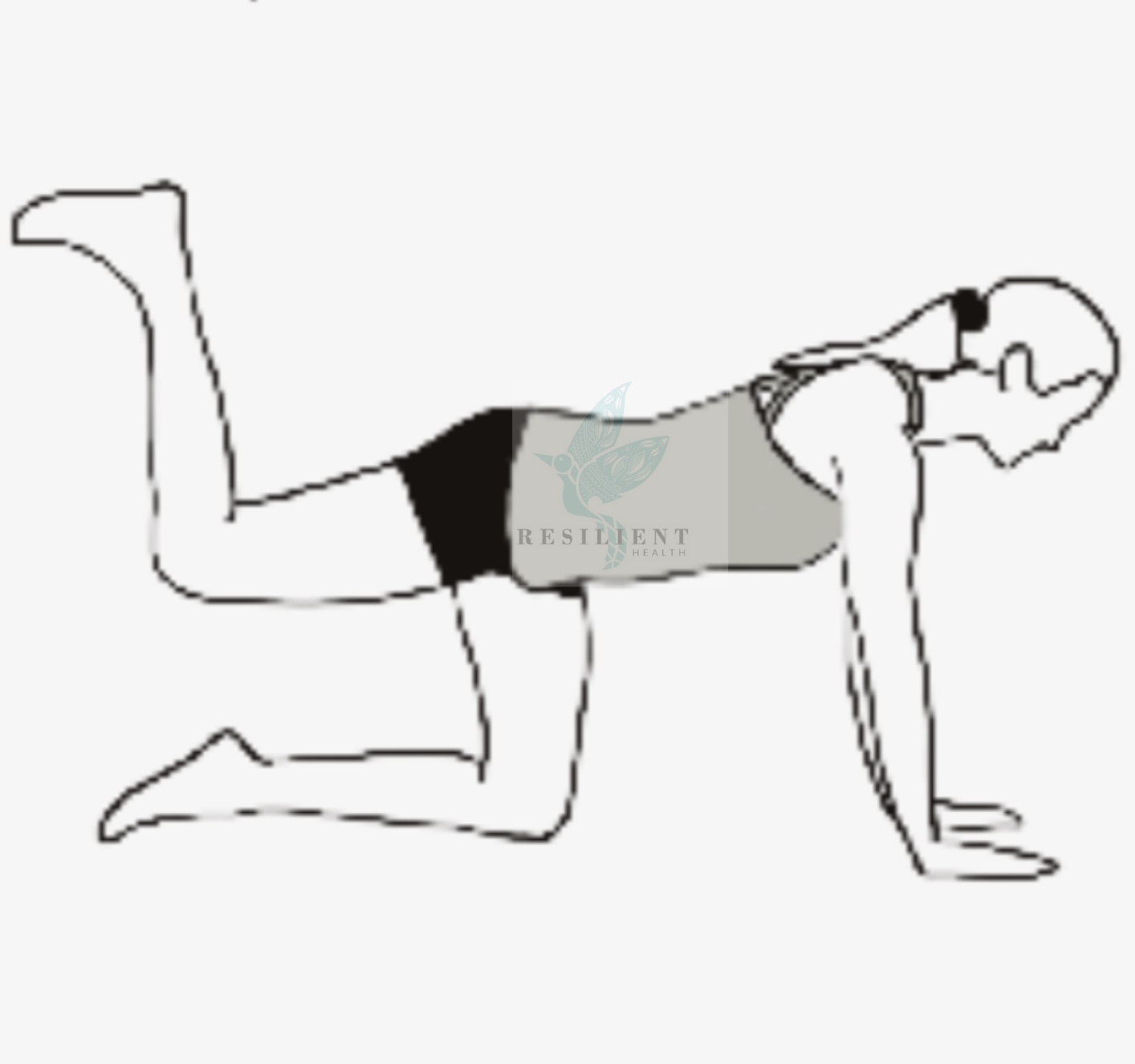 Donkey Kicks
Donkey Kicks
Patient position: on all 4s
Starting on all 4s with your knees under your hips and hands under your shoulders
Activate your core, draw your shoulder blades down your back and look straight down at the floor
Slowly, extend you hip, keeping your knee at a 90º angle and driving your foot to the ceiling
*It is important to remember to keep your core braced (if you need to learn about core jump to our blog on: Getting To the CENTER of CORE)
Return to your starting position
*When you are crushing these, tie a resistance band around your knees to challenge yourself!
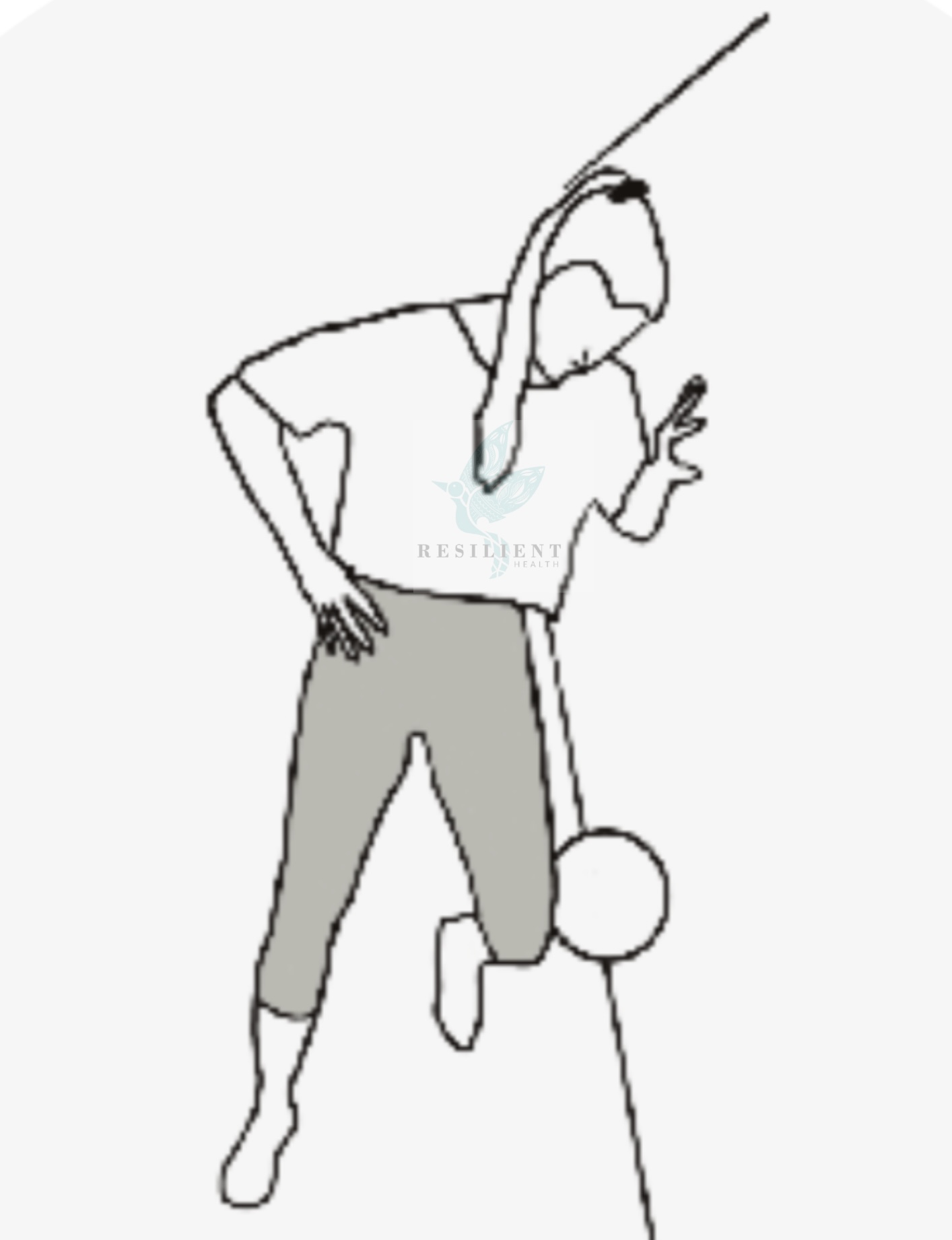
Isometric Glute Activation VS Wall With Ball
Patient position: standing side on to a wall
Lifting your leg up to 90º
Place a small ball (chi ball, tennis ball, massage ball) between the outside of your knee and the wall
Apply a slight pressure on the ball, and, at the same time, straight your hip to touch your toes to the floor
Return to your starting position
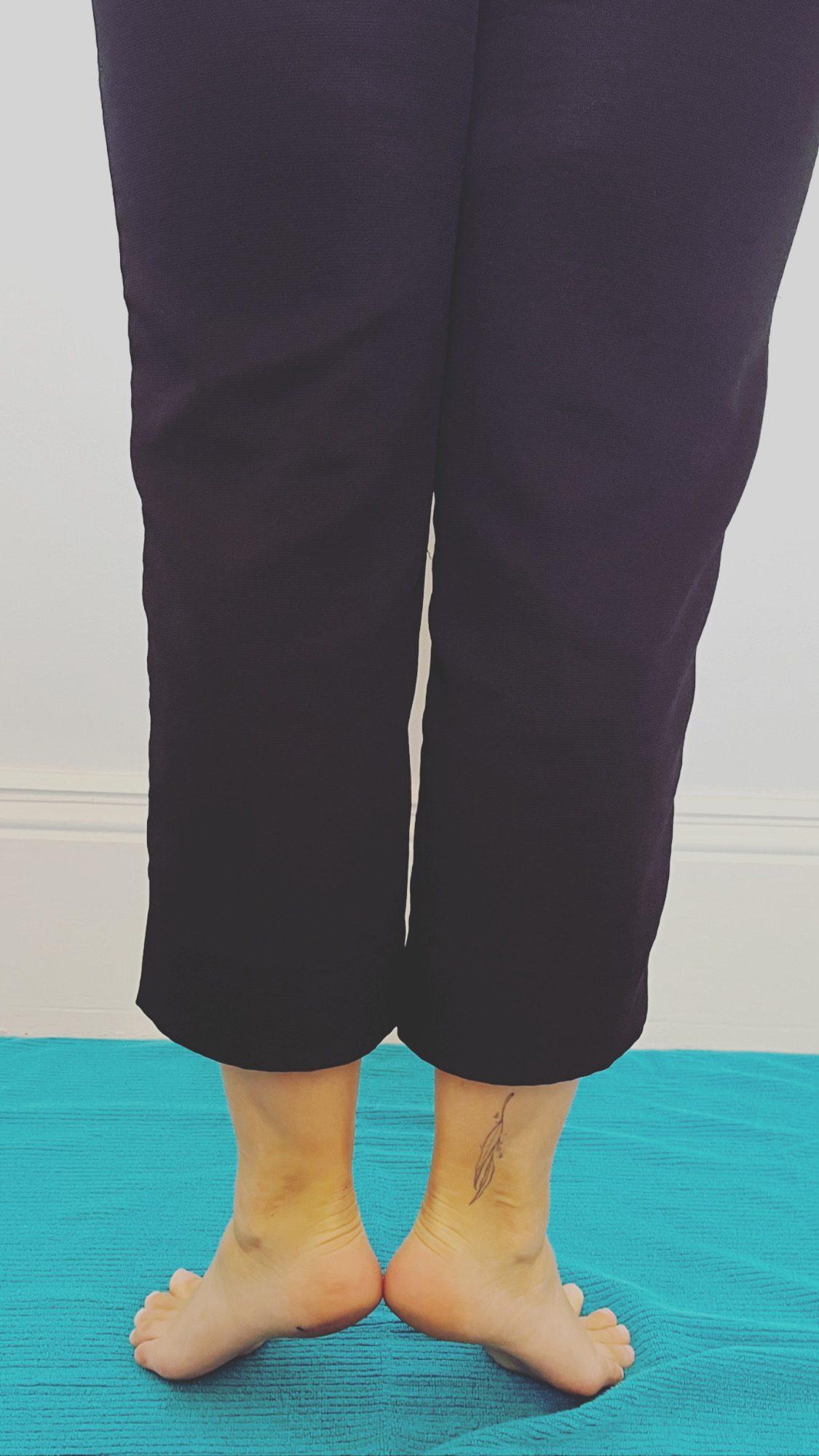
1. Patient position: standing
2. Standing with your heels together and your toes turned out slight (ballet
1st position)
3. Slowly rise up on your toes while keeping your heels together
4. Return to your starting position
See you in the clinic!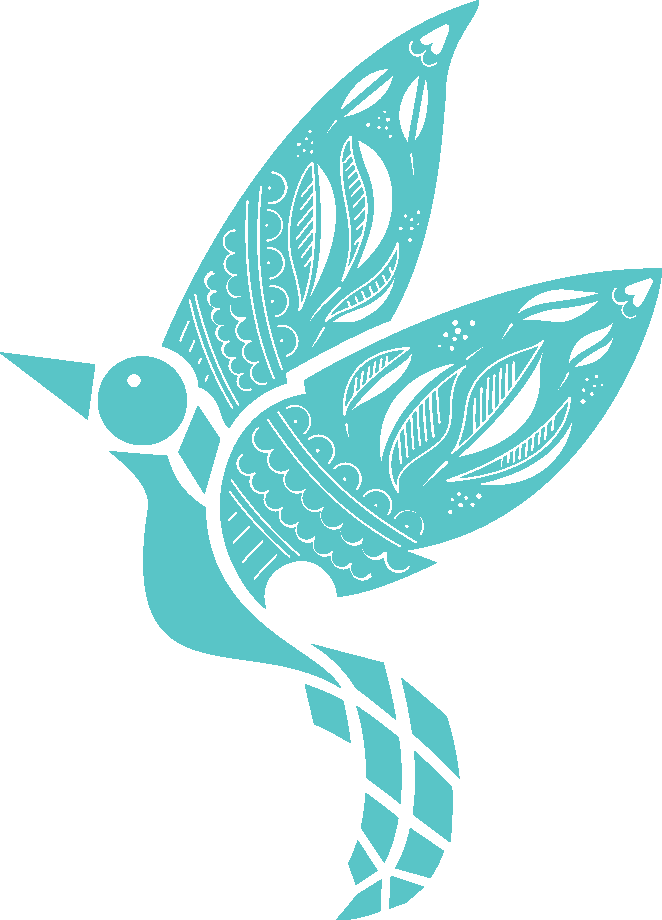
The Resilient Health Team
*Sketched images commissioned from @thejaquesstudio
Refrences:
Retchford TH, Crossley KM, Grimaldi A, Kemp JL, Cowan SM. Can local muscles augment stability in the hip? A narrative literature review. J Musculoskelet Neuronal Interact. 2013 Mar 1;13(1):1-2.
Images:
Pelvic muscles: https://www.yoganatomy.com/deep-six-lateral-rotators/
